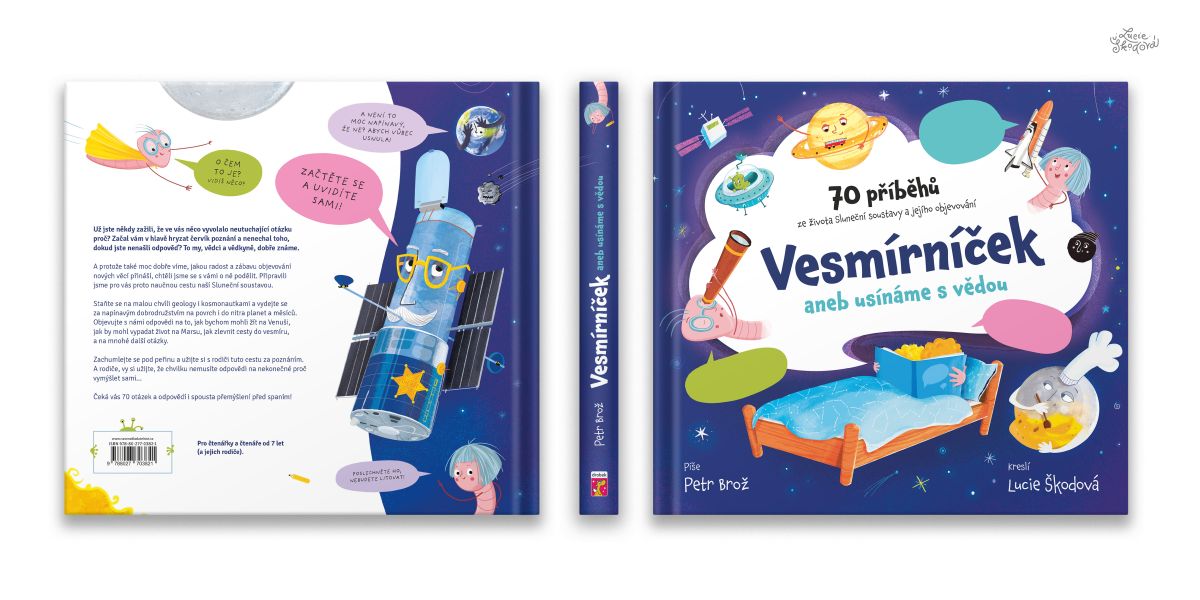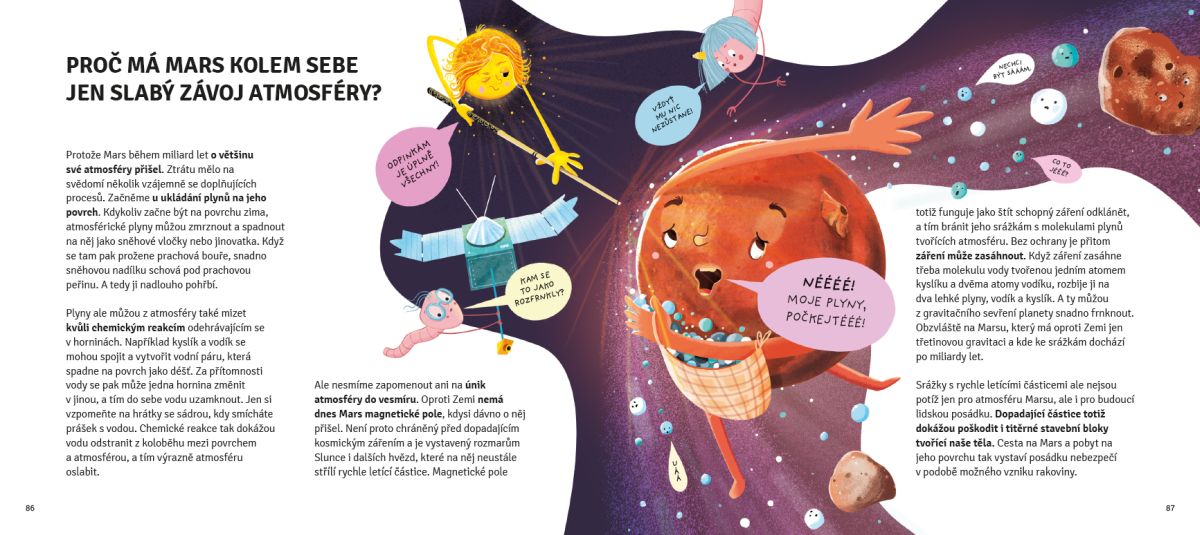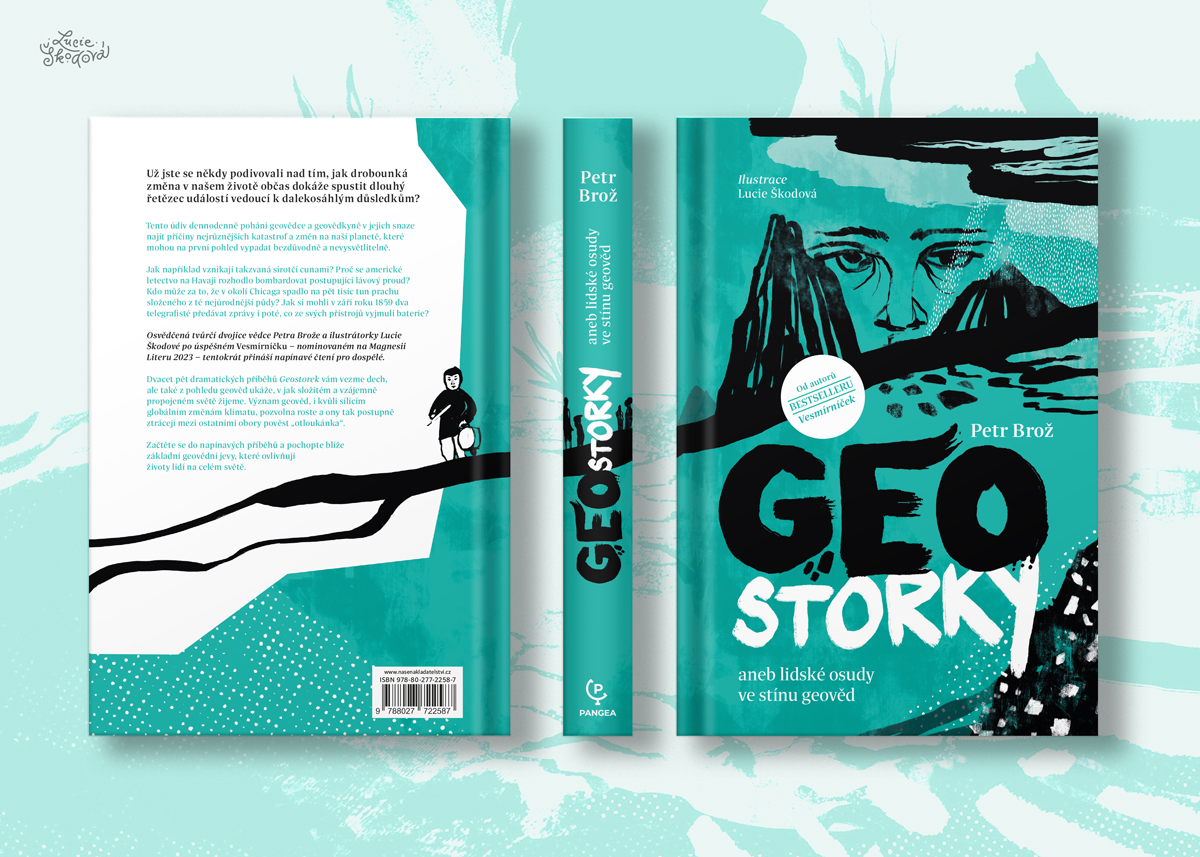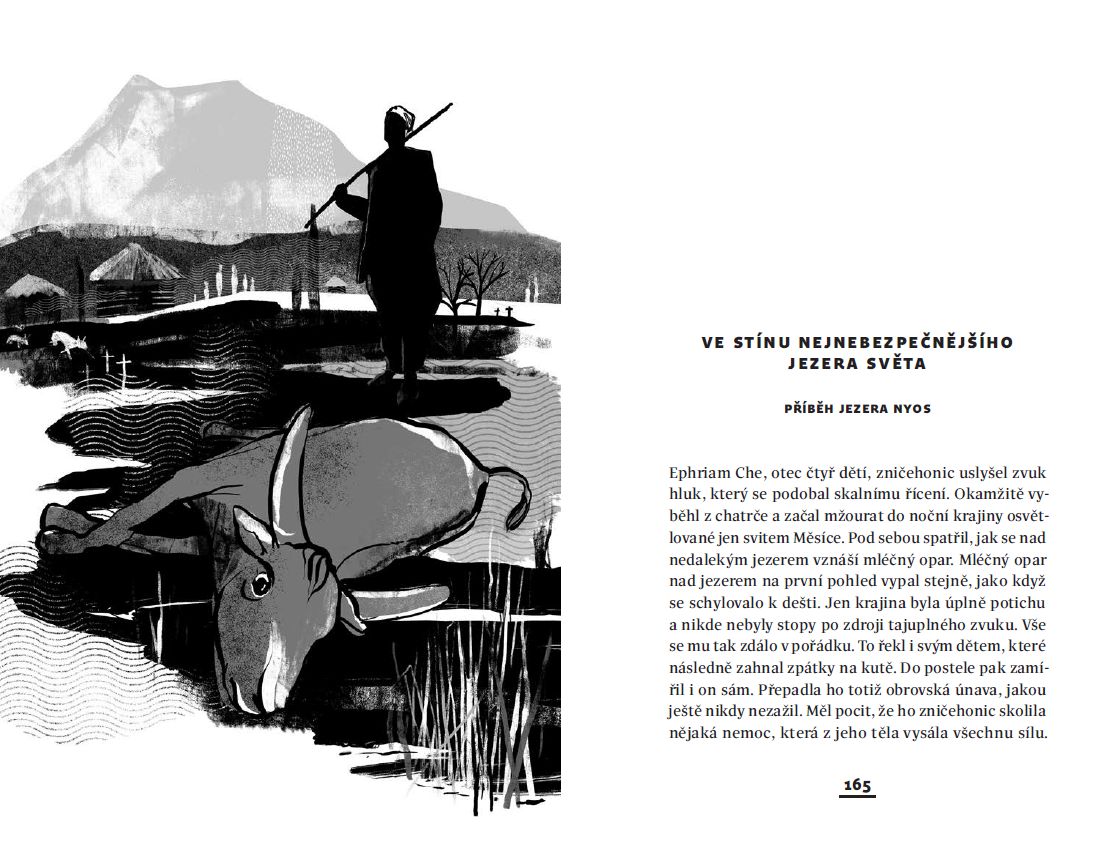The story of two successful books popularizing geosciences in the Czech Republic
- 1Institute of Geophysics of the Czech Academy of Sciences, Prague, Czechia
- 2Ajeejee - Illustration and graphic design studio, Brno, Czech Republic
In the age of the social media boom and the never-ending influx of catchy audiovisual content, does it still make sense to write popularization books? And is it possible to reach a wide audience with them in today's age of all kinds of excitement? These are questions that many of us are looking for answers to. A glance at the travelers on the subway or in a bus offers a picture of a world in which books have virtually disappeared. Instead of looking at the printed page, we all are mostly looking at the glowing screens of our smartphones. At first glance, it might seem that investing time in writing popular science books is not worth it.
But to write off popular science books as useless would be premature. Printed books are still a tool with which to make a big impact and thereby disseminate scientific knowledge to the population. It just needs to be well-conceived, visually interesting, and the author needs to know from the beginning what readership he or she is trying to speak. If (s)he succeeds, (s)he can stimulate the curiosity of a large audience with his work. And we are lucky enough to have succeeded in doing just that.
Below, therefore, we present a pair of popular science books, one dealing with solar system research and the other with geosciences, which have enjoyed considerable readership and commercial success in the Czech Republic.
Case study 1: Vesmírníček (Bedtime, Spacetime)
It is a children's book that has sold around 20,000 copies in less than two years. It has officially become a Czech bestseller, it has been reprinted several times and the rights have been sold abroad as well. So this book fulfills the dream of all authors!

Figure 1: Cover of the Czech edition of the book.
This success has been achieved by a book which, with the help of 70 stories, tries to bring readers closer to the research of the Solar System. Unlike most books produced for children about the Solar System, this is not an encyclopedia in which selected facts about the planets, moons and other bodies orbiting the Sun are arranged side by side. Instead, it is written as a "never-ending" answer to children's "why" and "how" questions. But not just any questions. In 160 lavishly illustrated pages, we're not afraid to introduce readers to the complex questions that planetologists tackle.
Readers can learn, for example, why magma rises from volcanoes to the surface, why it is so warm inside the planets, why impact craters on Mercury are linked to volcanic activity, why Mars is red, or how is it possible that some of the surfaces of the moons are (geologically speaking…) so young ! Each story is accompanied by a rich and humorous illustration that attempts to explain the geological phenomenon in terms of something children are commonly familiar with. Thus, the Sun plays billiards with hydrogen and oxygen molecules in the Martian atmosphere, or giant ticks move across the surface of Venus.

Figure 2: Example of one chapter from the book.
The explanation is presented in a serious yet empathetic manner and contains a number of analogies that aptly introduce the complex topic of solar system research to young readers. The book also features a pair of guides - knowledge worms - who constantly bicker together and comment on complex scientific theories and discoveries with the help of witty dialogue.
While it might seem from the illustrations that this is a children's book for ages 6 to 10, this is not the case. In fact, the content of the book from the beginning targets two reading groups, not only children but also an older audience, parents of children. The book was therefore designed from the beginning to be read by these two reading groups together at bedtime. That is, at a time when most of us would rather reach for a book than a smartphone. And that contributes to its huge reading success. It is, after all, a convenient tool for spending time together. This strategy allows us to reach two groups simultaneously and thus outreaching science to a much wider part of the population.
Case study 2: Geostorky (Geostories)
In the autumn of 2023, we published a second book consisting of stories from the world of geoscience, which has sold around 5,000 copies so far this year. The book is aimed at older readers and aims to popularise geology, not in the form of a list of scientific facts, but through engaging and dramatic stories. In 300 pages, 25 stories from around the world are told. Readers can learn about the fate of the North American city of Centralia, under which a seemingly endless supply of coal began to burn, the salinization of the Australian outback, the volcanic eruption of Iceland's Lakagigar volcano that changed the course of history, or the drilling of a salt mine under Lake Peigneur.

Figure 3: Cover of the Czech edition of the book.
Like The Little Spaceman, this book has been widely read, but also very warmly received by the reading public. This is helped by the format chosen to tell each story. The reader is always confronted with the specific fate of one person or group of people (whether real or fictional) and the course of an ecological or geological disaster, or even a groundbreaking discovery transforming the world of geoscience, through which the story is told. Thus, the individual stories have a dramatic-detective character that captivates the reader and, according to the positive feedback on the book, makes him or her want to read the story (or even the whole book).
The book is accompanied by black-and-white illustrations at the beginning of each chapter that hint at what the story will be about.

Figure 4: Example of one chapter from the book (in Czech).
How to cite: Broz, P. and Škodová, L.: The story of two successful books popularizing geosciences in the Czech Republic, Europlanet Science Congress 2024, Berlin, Germany, 8–13 Sep 2024, EPSC2024-1052, https://doi.org/10.5194/epsc2024-1052, 2024.